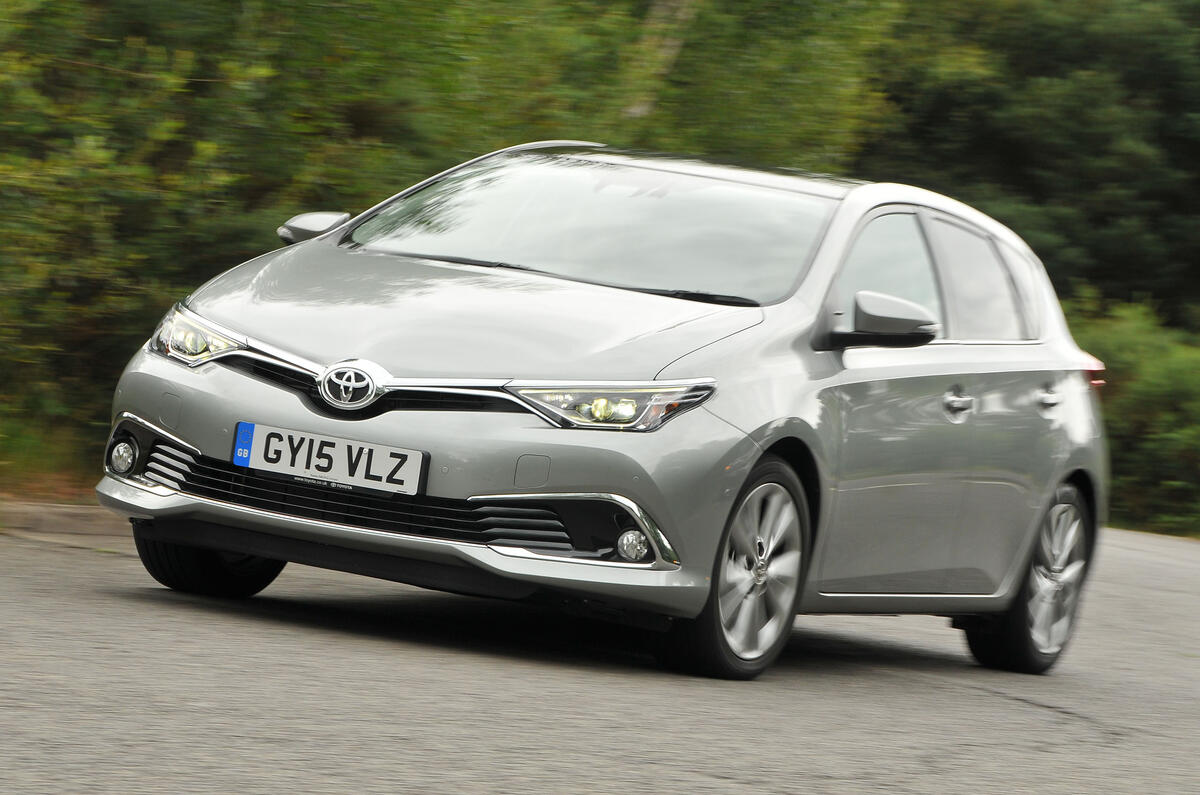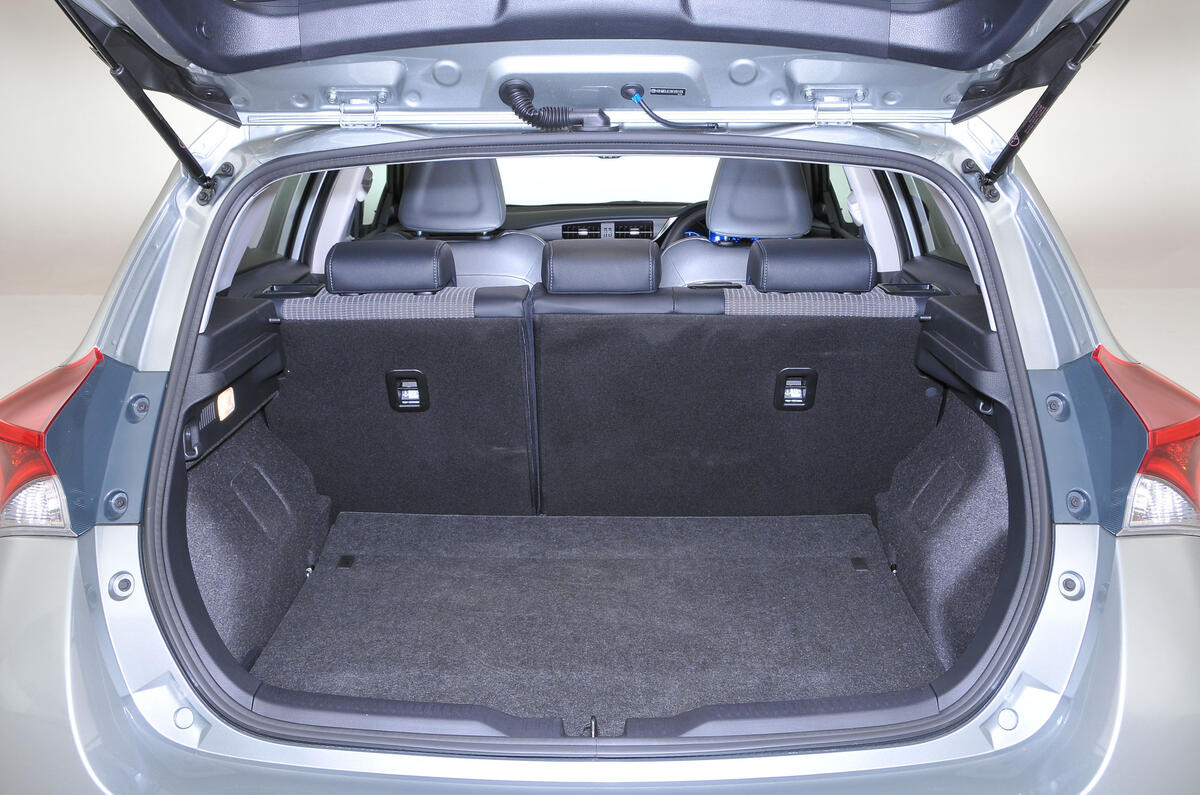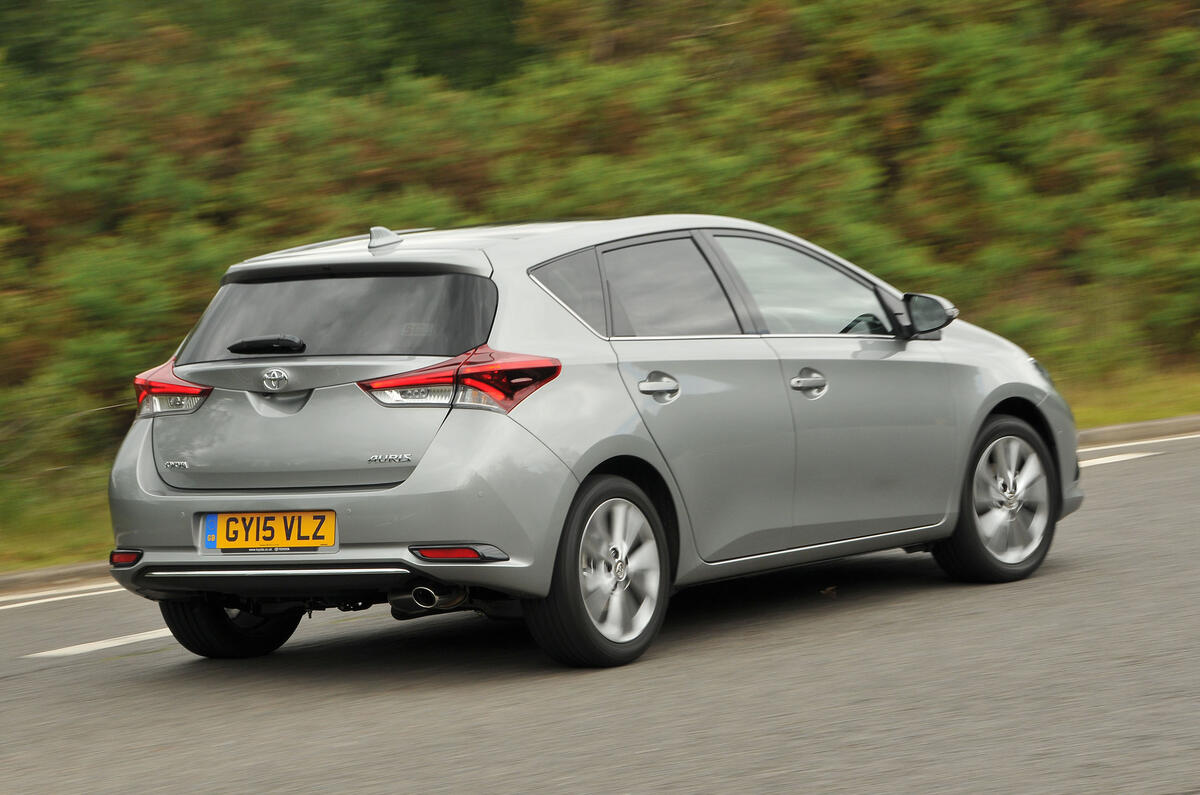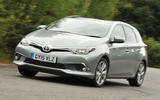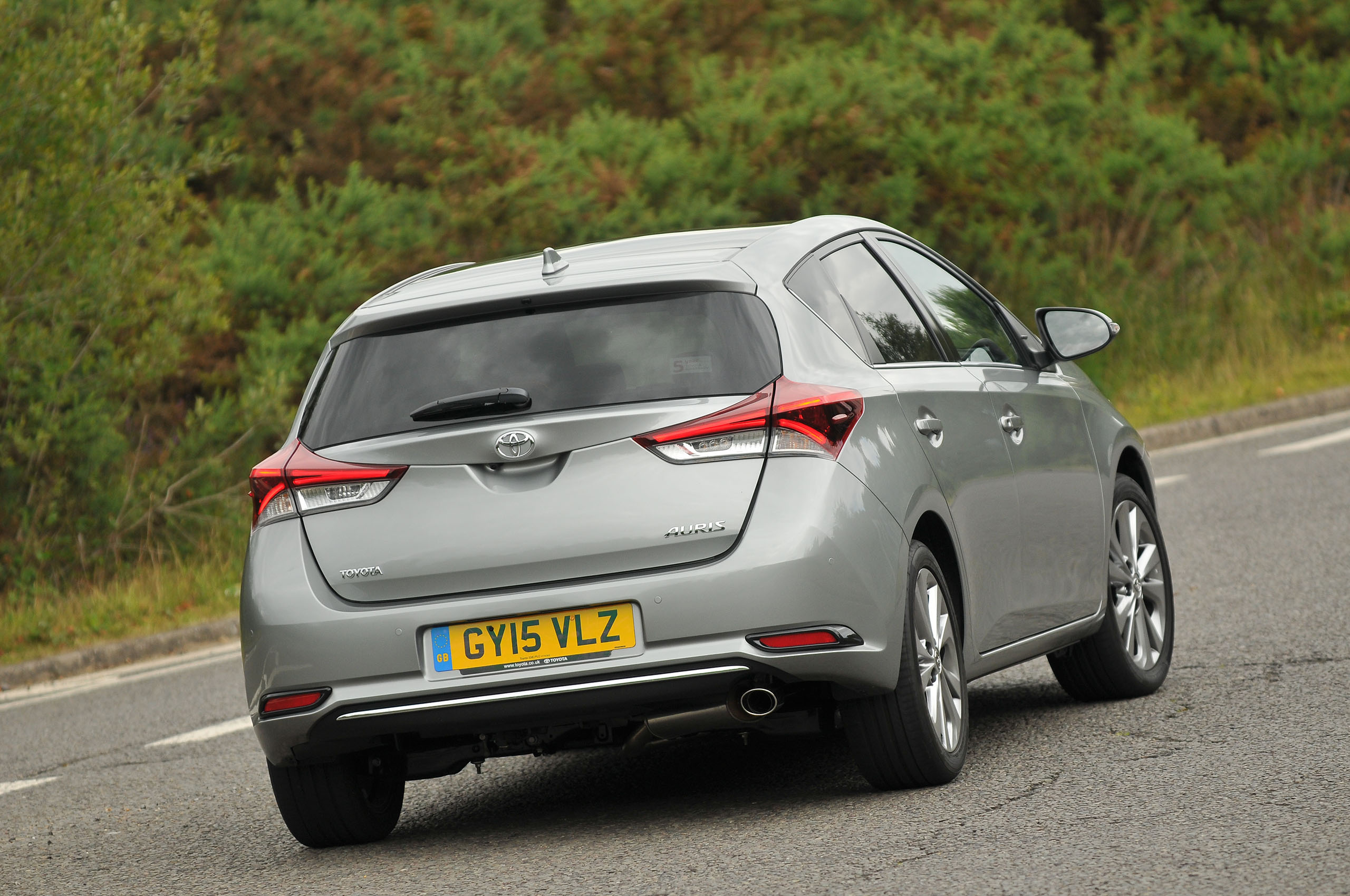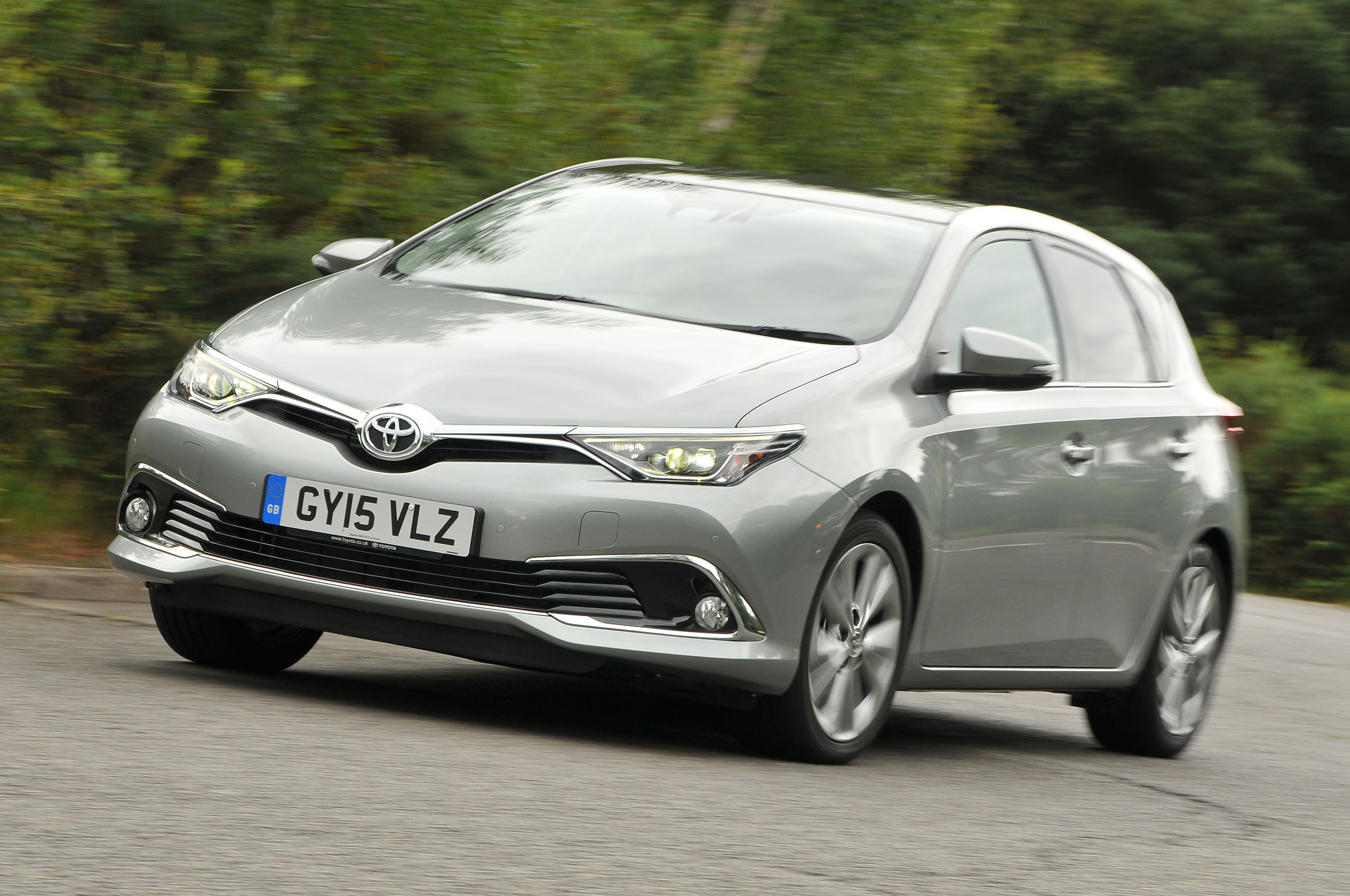This second-generation Toyota Auris, first introduced in Europe in 2013, was the result of an ongoing sea change within the Japanese car giant's boardroom.
Concerned by lukewarm reactions to its mass-market models, enlightened Toyota boss Akio Toyoda demanded sharper looks and proportions aong with weight distribution reconfigured to provide a more engaging drive.
So while both platform and wheelbase are carried over from the Auris Mk1 – it has the same 2.6m wheelbase as the previous car and is a touch under 4.3m long – that’s about where the similarities end.
The Auris’s styling is a good deal more modern than that of its predecessor (and quite slippy, with a drag coefficient of 0.277). It is also one of the shortest cars in the Ford Focus class, while weight drops by an average of 50kg across the range.
It’s decently spacious in the front, so there’s a lot to be said for the Auris’s compact package, especially in urban areas. Boot space, at 350 litres, is class average, although the false boot floor (which allows a flat loading bay when the rear seats are folded down) makes it harder to exploit.
Those seeking more load space, however, could always opt for Toyota's estate variant of the Auris, called the Touring Sports.
By lowering the Auris's roofline and reducing its ride height, Toyota has reduced the centre of gravity which in turn affords more supple suspension.


